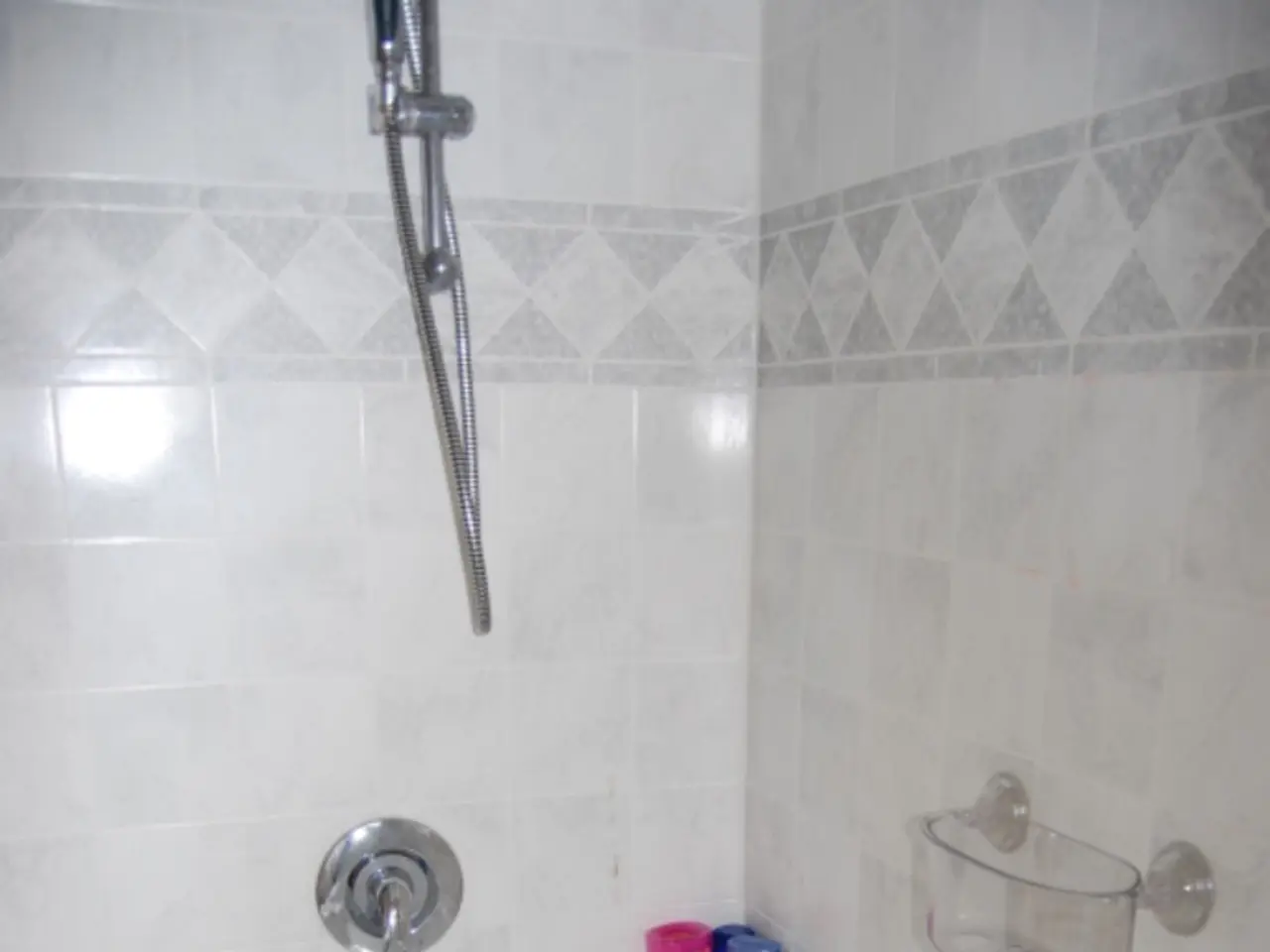Brown rot affecting the base of tomato fruits, caused by calcium deficiency.
Blossom End Rot: A Common Garden Problem, Solved
Blossom end rot (BER) is a frustrating issue that gardeners often encounter with their tomatoes, peppers, and aubergines. It causes these juicy fruits to develop a bruised, leathery, dark brown area at the end, ruining their appearance and sometimes making them inedible. But don't despair – understanding the cause and taking some simple steps can help you prevent this problem.
The Root Cause of the Rot
The primary culprit behind blossom end rot is calcium deficiency. Plants need calcium for strong cell walls, without which they collapse and die, resulting in the telltale signs of BER. Calcium is absorbed from the soil through the plant's roots. If the soil is dry, calcium stays locked away, leaving the plant starved for this essential nutrient. On top of that, acidic soil tends to have low calcium levels, so you might need to take extra steps to ensure your garden gets enough.
Spotting the Symptoms
Just as your tomatoes, peppers, and aubergines are starting to ripen, you might notice the spots appearing at the end of the fruit. Over time, these spots will merge and form a sunken, leathery area.
Tips for a Blossom End Rot-Free Garden
To keep blossom end rot at bay, follow these tips to manage your soil and employ effective watering techniques.
Managing Soil Conditions
1. Maintain Optimal Calcium Levels
- Use products like Tomato-tone or rock phosphate for a steady calcium supply. Gypsum is another option, especially for clay soils.
- Ensure your soil pH is between 6.0 and 6.8 for optimal nutrient uptake. Too acidic? Add lime; too alkaline? Consider elemental sulfur or organic compost.
2. Improve Soil Structure
- Boost organic matter in your soil with compost and well-rotted manure for better water retention, aiming for 5–8%.
- Worm castings can help boost microbial life and nutrient availability.
Watering Wisely
1. Consistent Moisture
- Regular watering helps prevent stress, keeping your plants happy and healthy. Just avoid overwatering, which can lead to other issues like waterlogged roots.
- Consider mulching, which helps retain moisture and reduce soil temperature fluctuations.
2. Reduce Water Stress
- Keep an eye on the weather forecast and be prepared to protect your plants from both drought and excessive rain.
Other Useful Strategies
1. Provide Adequate Space
- Give your plants room to grow without competing for resources, reducing stress and the likelihood of BER.
2. Monitor and Maintain Soil Health
- Regularly check the health of your soil and make adjustments as necessary. Healthy soil supports robust root systems, a key factor in preventing BER.
3. Moderate Pruning
- Prune judiciously, aiming for a healthy, thriving plant that's less likely to suffer from stress-related issues like BER.
By implementing these strategies, you can effectively prevent blossom end rot in tomatoes, peppers, and aubergines – allowing you to enjoy an abundance of delicious, rot-free fruits all season long!
In the quest to maintain a healthy and well-nourished garden, it's crucial to focus on factors influencing tomato, pepper, and aubergine growth. Fitness-and-exercise for plants, such as proper watering and managing soil conditions, can help prevent blossom end rot (BER). To prevent BER, ensure your soil includes a balanced mix of nutrition, particularly optimal calcium levels, which can be achieved by using products like Tomato-tone, rock phosphate, or gypsum. Additionally, maintaining a soil pH between 6.0 and 6.8, improving soil structure with organic matter, and watering wisely are all key strategies in creating a blossom end rot-free garden.







